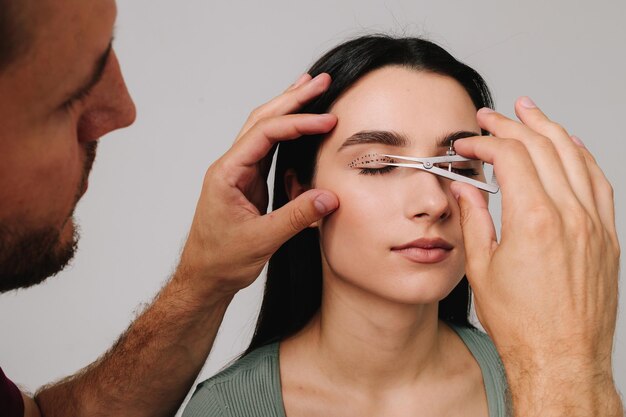Eyelid surgery, or blepharoplasty, is a popular cosmetic procedure among South African women looking to rejuvenate their appearance by removing excess skin, fat, and muscle from the eyelids. While this surgery can provide significant aesthetic benefits, it’s essential to be aware of the potential risks and complications involved. Here are 15 important considerations regarding the hidden risks of eyelid surgery.
1. What Is Blepharoplasty?
Blepharoplasty is a surgical procedure designed to correct drooping or sagging eyelids by removing excess skin and fat. It can be performed on the upper eyelids, lower eyelids, or both, helping to create a more youthful and alert appearance.
2. Ideal Candidates
Ideal candidates for eyelid surgery are generally healthy individuals who are bothered by the appearance of their eyelids. They should have realistic expectations about the outcomes of the procedure.
3. Potential Risks and Complications
While blepharoplasty is generally considered safe, several risks should be considered, including:
- Infection: As with any surgical procedure, there’s a risk of infection at the incision sites.
- Scarring: Scars can form along the eyelid crease and may be more pronounced in some individuals.
- Dry Eyes: Many patients experience dry eyes after surgery, which can lead to discomfort and temporary visual disturbances.
4. Anesthesia Risks
Blepharoplasty typically requires local anesthesia with sedation or general anesthesia, both of which carry risks such as allergic reactions, respiratory issues, and complications related to existing health conditions.
5. Altered Vision
Some patients may experience temporary vision changes after surgery, including blurred vision or double vision. Although these effects are usually temporary, they can be alarming.
6. Ectropion
Ectropion, a condition where the lower eyelid turns outward, can occur after surgery. This condition may require further surgical correction to restore the eyelid’s normal position.
7. Asymmetry
While surgeons strive for symmetry, individual anatomical differences can lead to uneven results. Some patients may find their eyelids look asymmetrical after surgery.
8. Numbness and Sensitivity Changes
Post-surgery, it’s common to experience numbness or altered sensitivity around the eyelid area. This may improve over time but can be permanent for some patients.
9. Delayed Healing
Healing time varies for each individual, and some may experience prolonged swelling and bruising. Factors such as smoking and underlying health conditions can affect the healing process.
10. Emotional Considerations
Undergoing eyelid surgery can lead to a range of emotions post-surgery, including anxiety about the results. Seeking support from friends, family, or professionals can help manage these feelings.
11. Cost Considerations
Eyelid surgery can be expensive and is often not covered by medical insurance. Discussing the full costs and available financing options with your surgeon is essential.
12. Post-Operative Care
Proper post-operative care is critical for minimizing risks. This includes following your surgeon’s instructions, attending follow-up appointments, and using prescribed eye drops to alleviate dryness.
13. Impact on Makeup Application
After surgery, patients may need to adjust their makeup application techniques. Swelling and sensitivity can make it challenging to apply eye makeup initially.
14. Long-Term Effects
While many patients enjoy lasting results from blepharoplasty, aging will continue, and eyelids may naturally droop again over time, necessitating further procedures.
15. Stay Informed and Ask Questions
Staying informed about the latest techniques and potential risks of blepharoplasty is vital. Don’t hesitate to ask your surgeon questions and express any concerns during your consultation.
Eyelid surgery can be an effective way for South African women to achieve a more youthful and refreshed appearance. However, understanding the hidden risks and potential complications is crucial in making an informed decision. Always consult with a qualified plastic surgeon who can provide personalized advice and care tailored to your unique needs. This knowledge will empower you to navigate the decision-making process with confidence, ensuring the best possible outcomes for your aesthetic goals.








